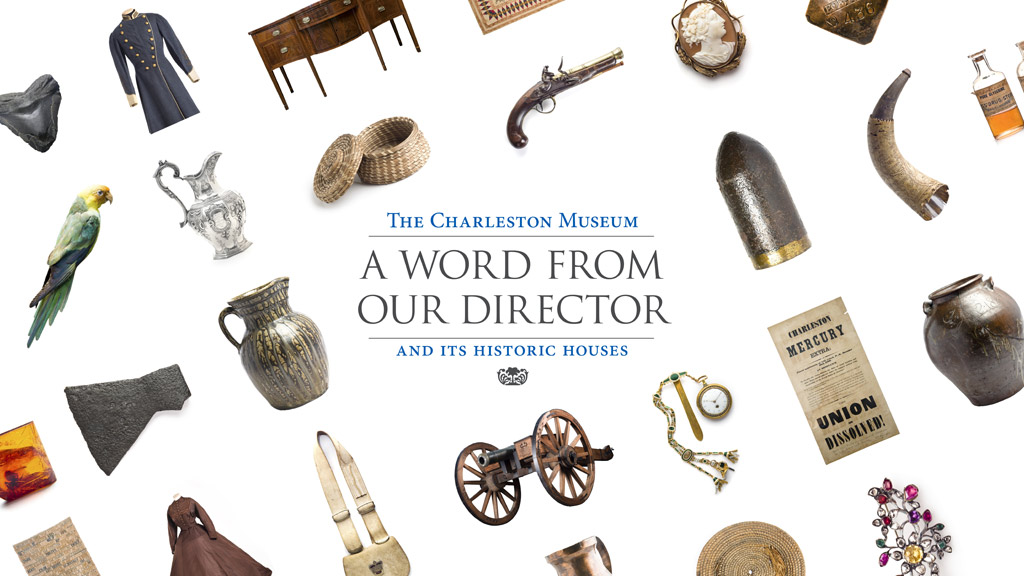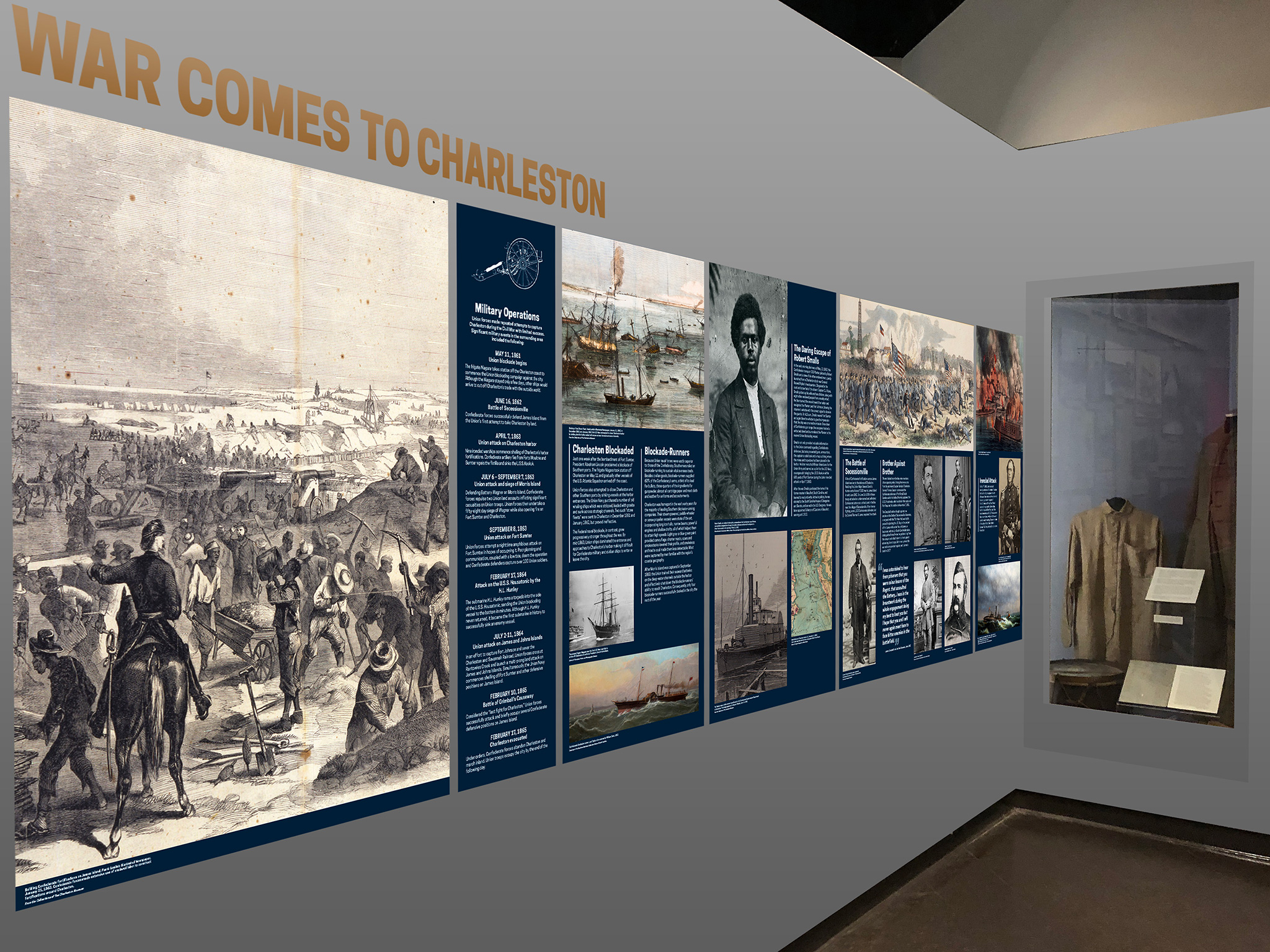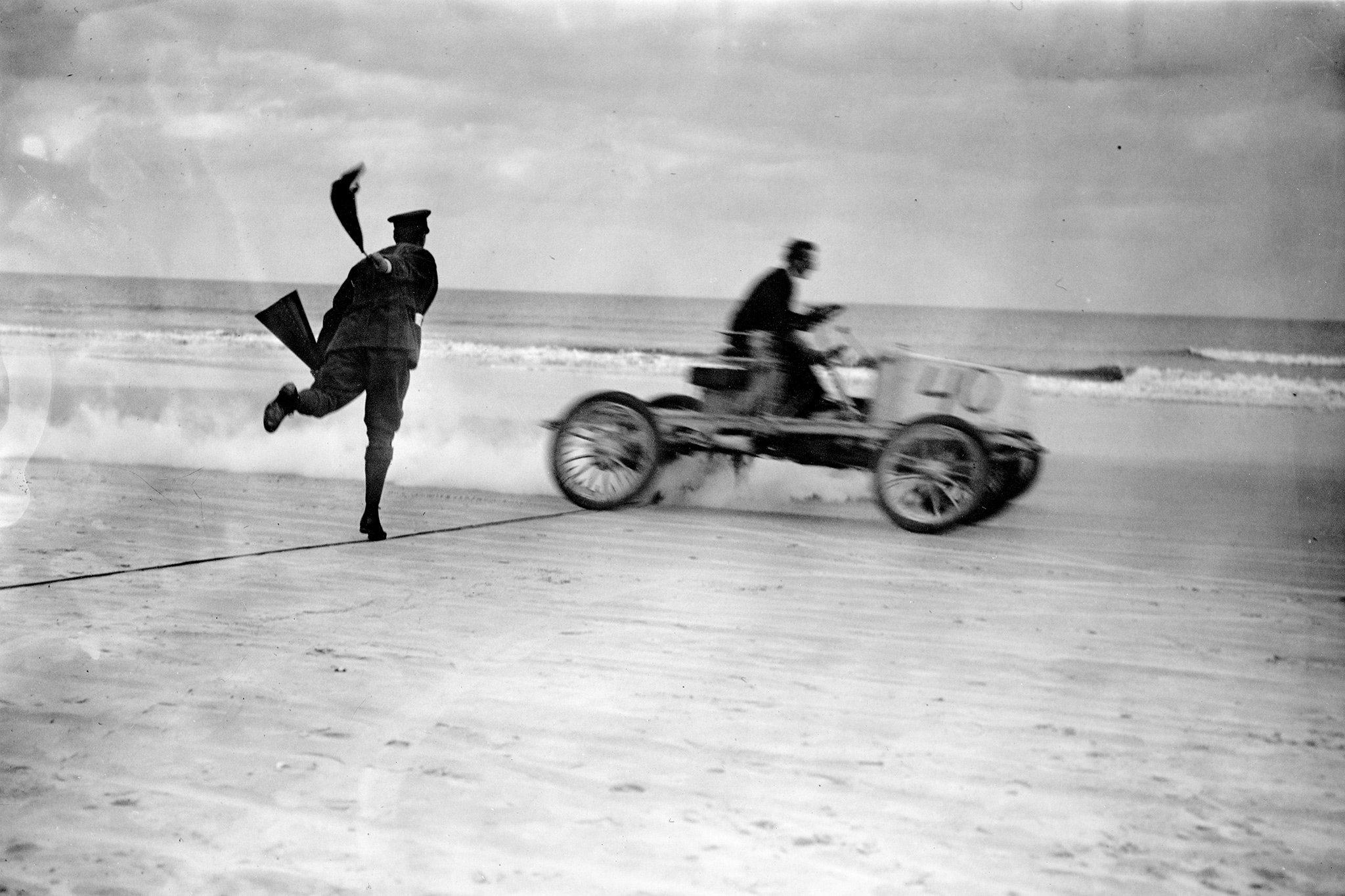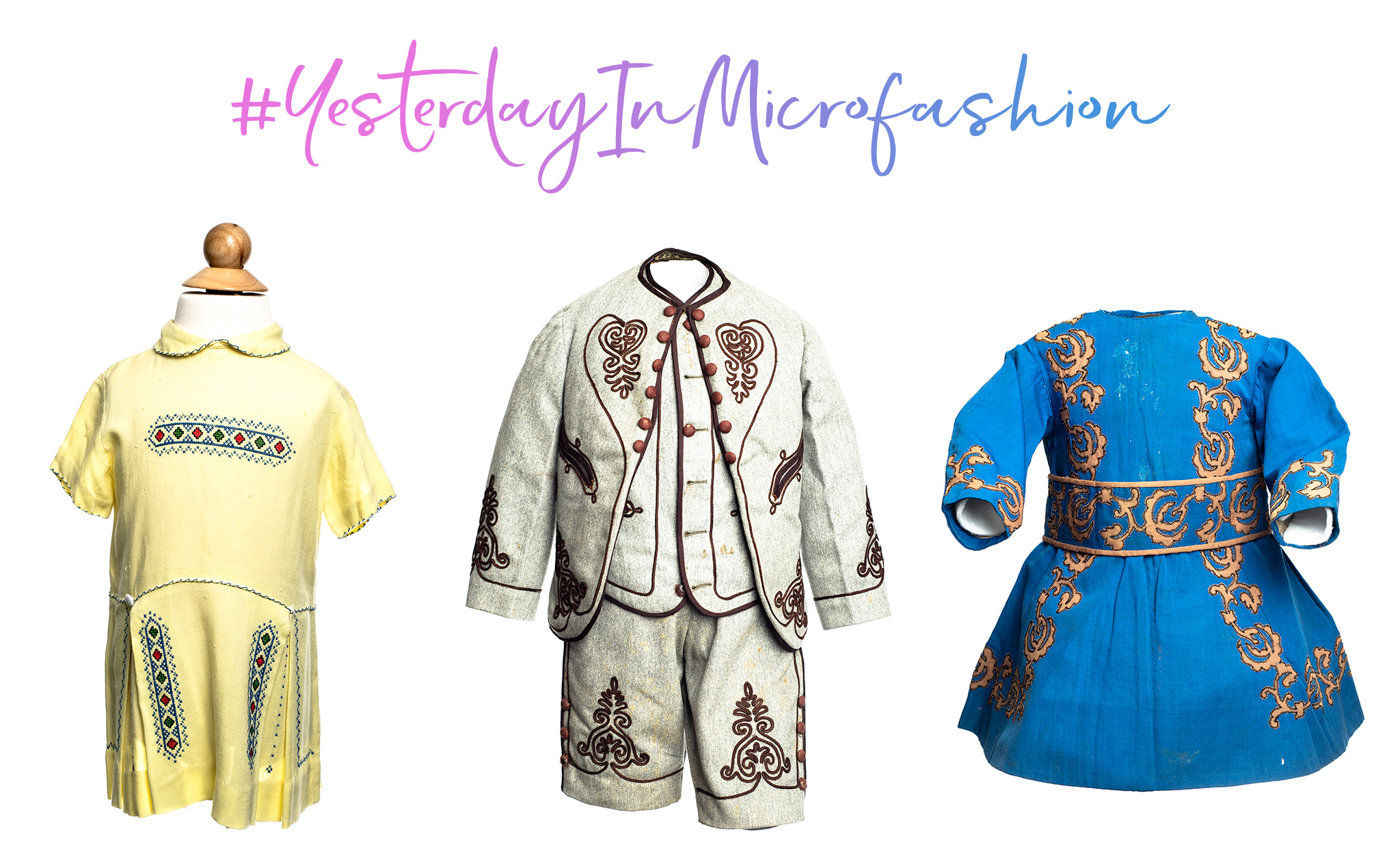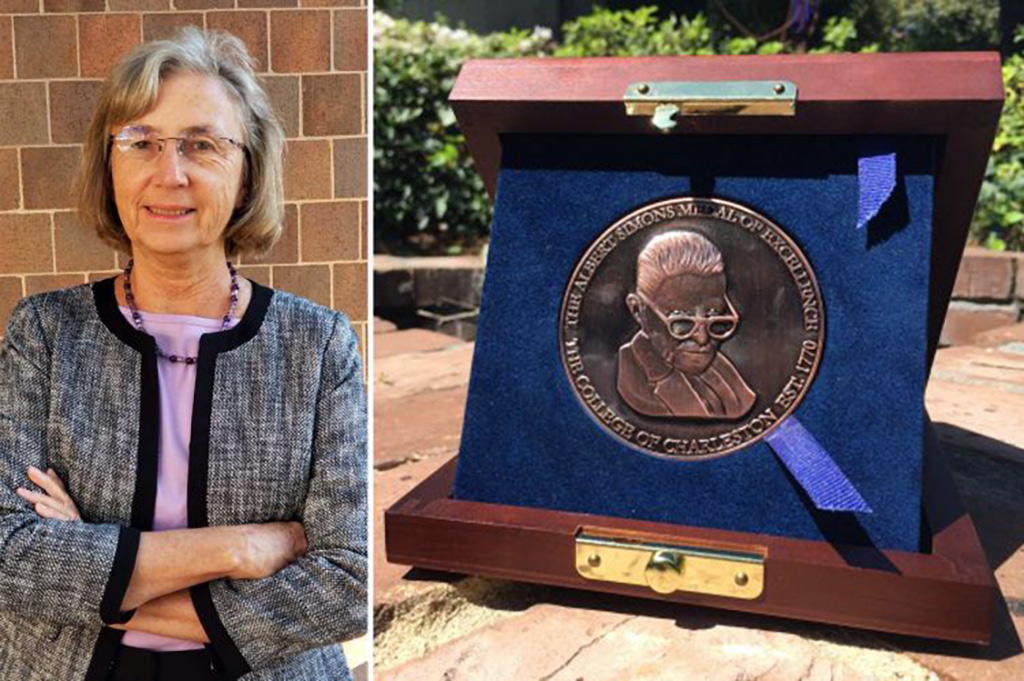A Word from our Director
Happy New Year to all our Museum friends! First of all, a note of gratitude goes out to all those who have supported the Museum through membership or donations. It is your support that allows the Museum to accomplish our mission and do positive things for our community. Thank you!
As this New Year gets underway, it is an excellent opportunity to look back at all that was achieved at America’s First Museum this past year. It was certainly eventful!
Thanks to annual maintenance funding provided by the City of Charleston and Charleston County, we completed the repaving of the Museum’s parking lot in early November. While this may sound like routine maintenance, the project allowed us to create a new walkway which now offers access to the building through the Museum’s beautiful courtyard, a very pleasant and eye-catching introduction to the facility.
In October, we were thrilled to complete the renovation of City Under Siege, our permanent exhibition gallery that covers Charleston’s role in the Civil War. The exhibit features new research, images and artifacts, with distinctively redesigned narrative panels that better tell the story of the conflict that transformed our history. This update is part of a larger effort to improve all existing exhibition in the Museum. In the coming months, we will be undertaking further enhancements to the exhibits related to Lowcountry rice culture and the Revolutionary War. Stay tuned for further details on these important changes.
In other exhibits news, five special exhibits opened in 2018, and you still have time to see three of these. In the Lowcountry Image Gallery (just past City Under Siege), A Photographic Artist: Morton Paine’s Shots of Speed will remain open until April 7. The exhibit features racing photos taken by Morton “Nicky” Brailsford Paine, an amateur Charleston photographer who did his work in the early twentieth century. In the lobby, until June 23, we are featuring The Art of Herbaria: Preserving Nature’s Beauty, providing a rare opportunity to experience examples from the Museum’s extensive plant collections. In the Historic Textiles Gallery, we recently opened #Yesterday in Microfashion: 150 Years of Charleston’s Children, which displays exceptional examples of children’s clothing through May 12.
#Yesterday in Microfashion is the first exhibit by our new Curator of Historic Textiles, Teresa Teixeira. Teresa, formerly Curator of Collections at the Montpelier Foundation and Andrew W. Mellon Curatorial Fellow at Colonial Williamsburg, joined us in June and has impressed us with her technical expertise and innovative approaches to curation and exhibition. We also welcomed a new PR & Events Coordinator in July, Liza Holian, who has reinvigorated our social media presence as you have seen if you regularly follow us on Facebook, Instagram or Twitter.
In other staff news, Martha Zierden, Curator of Historical Archaeology, was awarded the 2018 Albert Simons Medal of Excellence by the College of Charleston, which is given annually to those who have made a significant contribution to fields such as architectural design, urban planning or historic preservation. Martha has worked with College of Charleston faculty on the biannual field school since 1992, giving students the opportunity to learn professional archaeology techniques and skills while working on a field project.
Martha, Ron Anthony, Archaeologist, and Grahame Long, Chief Curator, recently coordinated an advanced metal detecting class for archaeologists at Batteries Pringle and Tynes at the Dill Sanctuary. This effort revealed a number of artifacts and has contributed immensely to what we know about these Civil War earthworks. Also, archaeological work done in connection with an SCE&G project to replace a gas line on Riverland Drive uncovered a Neolithic point, from roughly 4,000 BC on the northeastern portion of the Dill Sanctuary.
In addition to artifacts identified at the Dill Sanctuary, we accessioned over 130 new objects into the collection in 2018 (you can see an enumeration of these objects here). We are most grateful to the individuals, families, and institutions who have helped to strengthen the Museum’s collections by donating these important objects, which help us to better document and interpret Lowcountry history. Highlights include a handwritten receipt recording the death of an enslaved person while working on Confederate fortifications in 1864, two silver rice spoons that belonged to Nathaniel Heyward, a waistcoat worn by Henry Laurens and a jaw fragment of a Pleistocene Epoch dire wolf. Our curatorial staff continue to make great progress in inputting and updating collections records so they are available to researchers via the collections database on our website. Collections Manager Jennifer McCormick has diligently overseen this process which now allows access to just over 13,000 records.
Our Education Department, led by Stephanie Thomas, continues to find innovative ways to reach children. In 2017, thanks to a grant from the South Carolina Arts Commission, they developed a “Bragg Box” program which went into full swing this past year. Based on the kits first produced by Laura Bragg in the early 20th century, these new Bragg Boxes contain artifact and document replicas, lesson plans and activities that are sent out to schools around the state, bringing the Museum experience directly to these children. Our wonderful FANS raised $4,000 this year to send Bragg Boxes to Title I Schools and to fund field trips by Title I schools to the Museum. In addition, funding from Charleston County School District and Charleston Promise Neighborhood has allowed Museum educators to present a weekly on-site afterschool program at Mary Ford and Sanders-Clyde Elementary Schools, both Title I schools. We are so pleased to provide this outreach to our community.
So, as you can see, 2018 was quite a year and we expect 2019 to be equally so. The Museum’s Board of Trustees recently oversaw the development and approval of the Museum’s Strategic Plan for 2019-2022, which will provide critical guidance as we move forward. The plan puts particular emphasis on stewardship and programming for the Dill Sanctuary and the Museum’s upcoming 250th anniversary in 2023. That will be here before we know it! In the meantime, all the best to you and your families in 2019.


